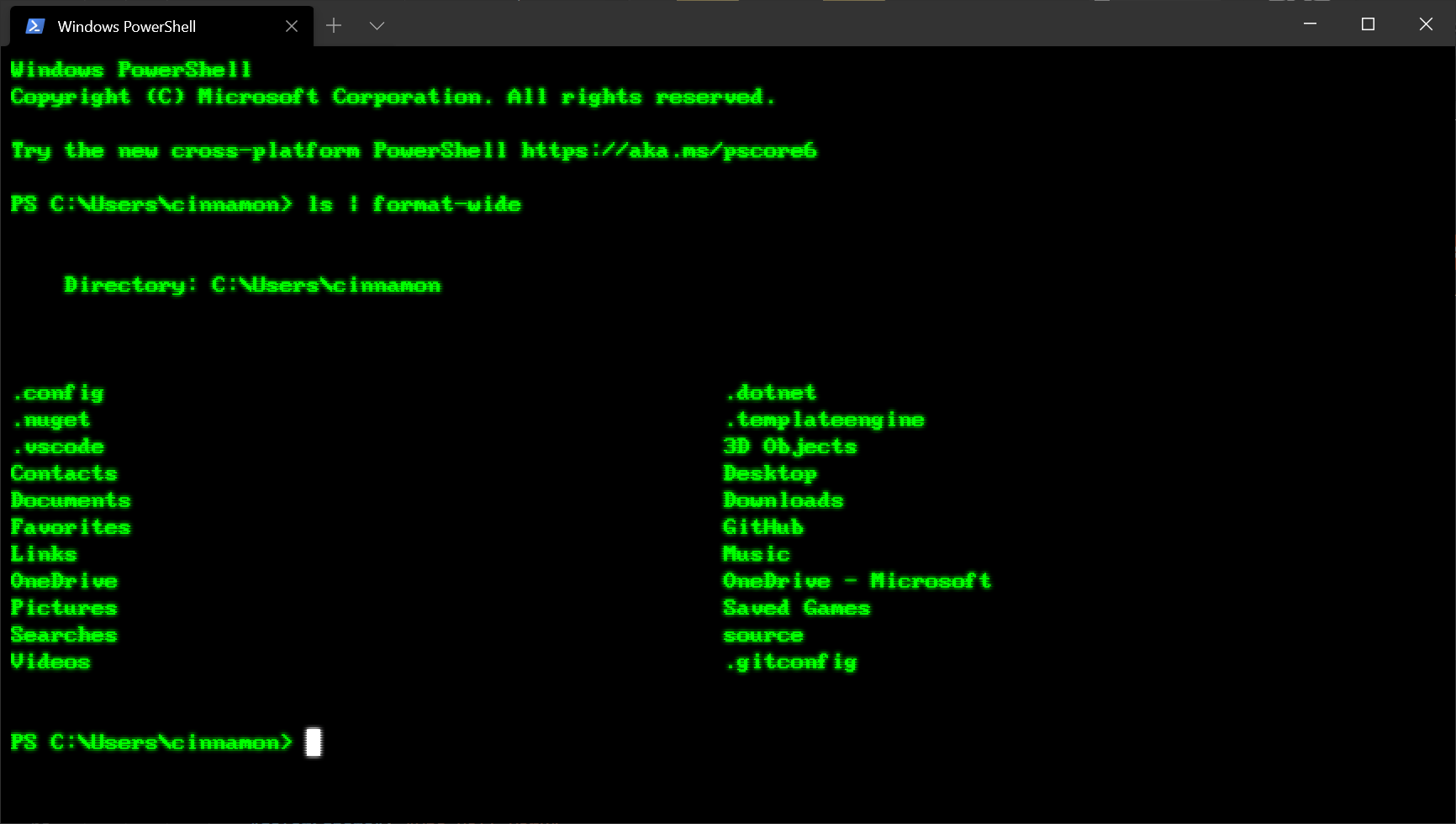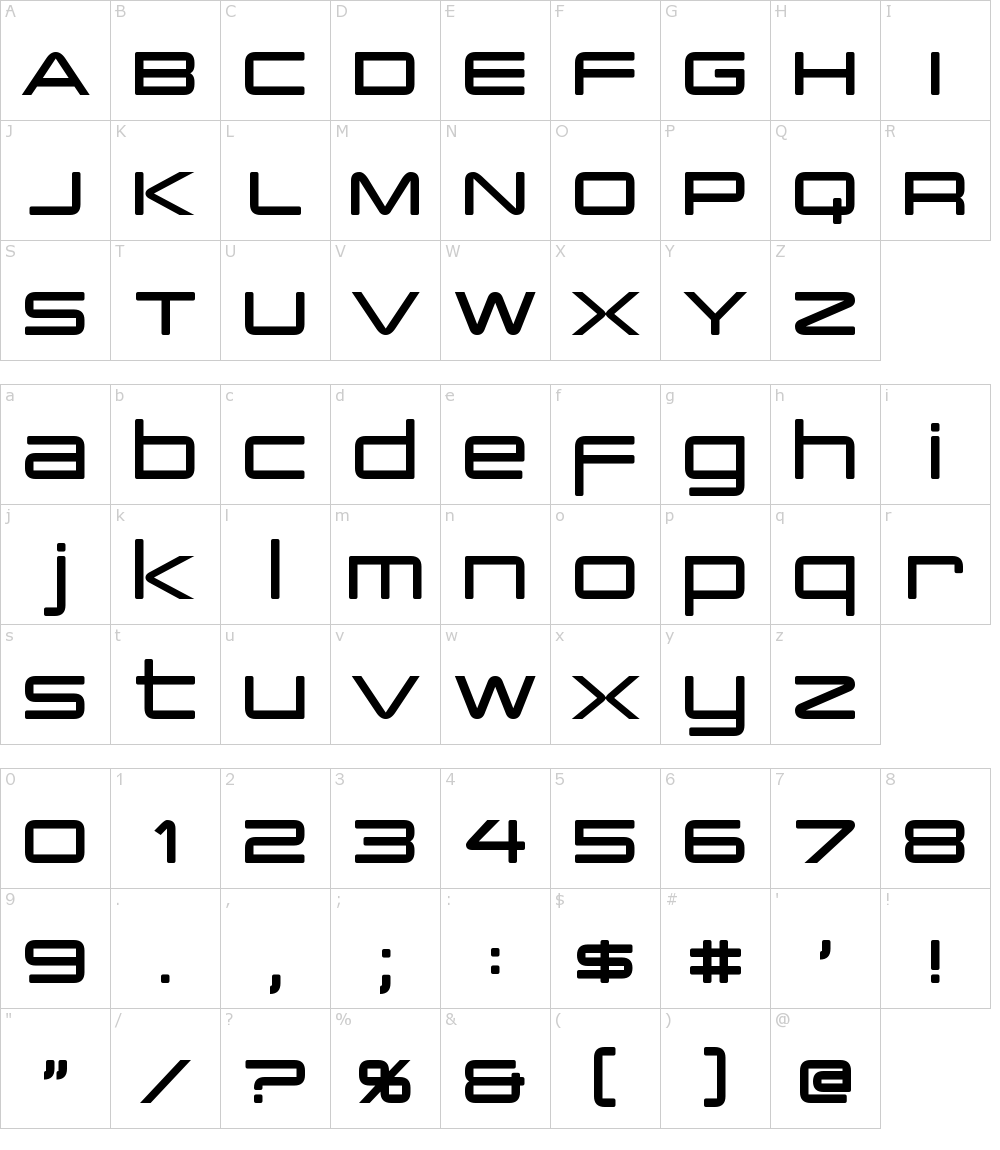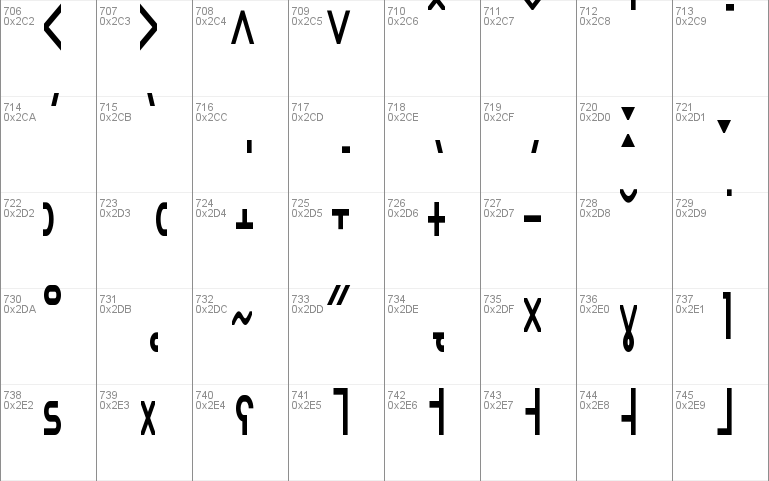
- WINDOWS TERMINAL FONT DOWNLOAD UPDATE
- WINDOWS TERMINAL FONT DOWNLOAD MANUAL
- WINDOWS TERMINAL FONT DOWNLOAD CODE
- WINDOWS TERMINAL FONT DOWNLOAD LICENSE
- WINDOWS TERMINAL FONT DOWNLOAD WINDOWS
This typeface is highly using for commercial projects due to its high-quality monospaced look. It is also available in Google fonts and you can freely utilize it in any type of graphic design project. This font family is now available from light to Bold weights. It can be also specified in the CSS family.

This font family has extensive language support including Cyrillic, Latin, French, Brazillian, and many more.
WINDOWS TERMINAL FONT DOWNLOAD CODE
When you will tried this font in Visual Studio Code then you will never look back.

Bebas Kai Font is the closest font to this typeface. It is supported many Programming ligatures that are perfect for creating new glyphs by combining characters and it will help to make code more easily readable and user-friendly. install.This is a highly recommended font for using with some terminal applications of Microsoft and text editors like Microsoft Visual Studio Code.
WINDOWS TERMINAL FONT DOWNLOAD WINDOWS
To do so, open Windows Powershell as Administrator and paste & run the following command Set-ExecutionPolicy RemoteSigned
WINDOWS TERMINAL FONT DOWNLOAD LICENSE
fonts/pomicons-regular.ttf, for further informations and license see fonts/octicons-regular.ttf, for further informations and license see fonts/devicons-regular.ttf, for further informations and license see fonts/fontawesome-regular.ttf, for further informations and license see In this repository you can find a bunch of fonts that I use as symbol fonts with the relative font maps build directory in your home directory and to source them in your shell startup Included Fonts To do that don't forget to copy font maps ( *.sh files) in the. $CODEPOINT_OF_AWESOME_CHECK) to make your scripts and shell configurations resilient to future updates. TLDR: don't refer to glyphs by codepoints (eg. build directory, font maps are scripts which define shell variables that give names to glyphs, by sourcing those files in your shell you can refer to glyphs by name (eg. To avoid this situation you can use the font maps in the.
WINDOWS TERMINAL FONT DOWNLOAD UPDATE
So, if you use a codepoint to refer to a glyph after an update that codepoint can point to another glyph. Moreover, more than one icon font can use the same codepoint for different glyphs and if we want to use them both we need to move one of them. This means that Font Awesome can choose to move glyphs around freely, today \uf00c is associated to the check symbol, tomorrow it can be associated to something else.

\uf00c) in your scripts or shell configuration it's not recommended because icon fonts like Font Awesome use code points ranges those ranges are not disciplined by the unicode consortium, every font can associate every glyphs to those codepoints. If you want you can find all previous patched fonts in patching-strategy branch Font Maps
WINDOWS TERMINAL FONT DOWNLOAD MANUAL
The patching strategy it's more reliable and portable, the problem is that you need to patch every monospace font you want to use and patching a single font it's a lot of manual fine tuning. Initially I used the first strategy, later I switched to the second.

Heavily inspired by and the relative patch script from Kim Silkebækken ( Patching vs Fallback Why do you want to use fancy symbols in your standard monospace font? Obviously to have a fancy prompt like mine :-)Īnd because when you live in a terminal a symbol can convey more informations in less space creating a dense and beautiful (for those who have a certain aesthetic taste) informative workspace


 0 kommentar(er)
0 kommentar(er)
